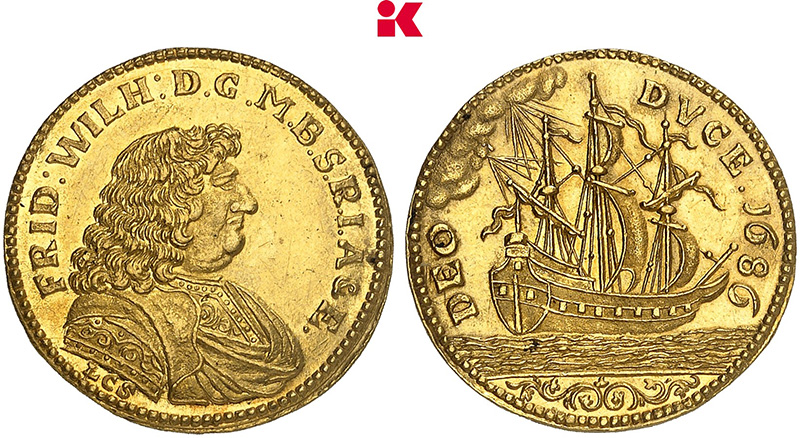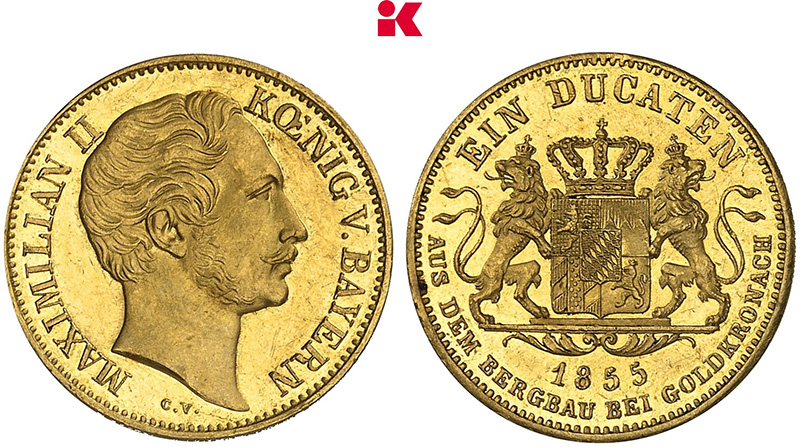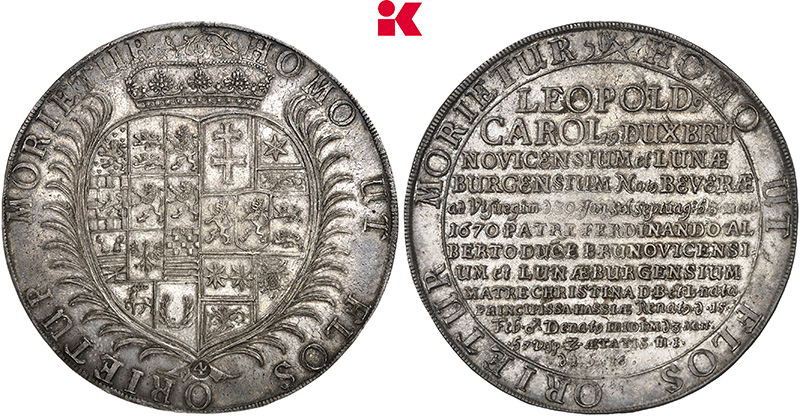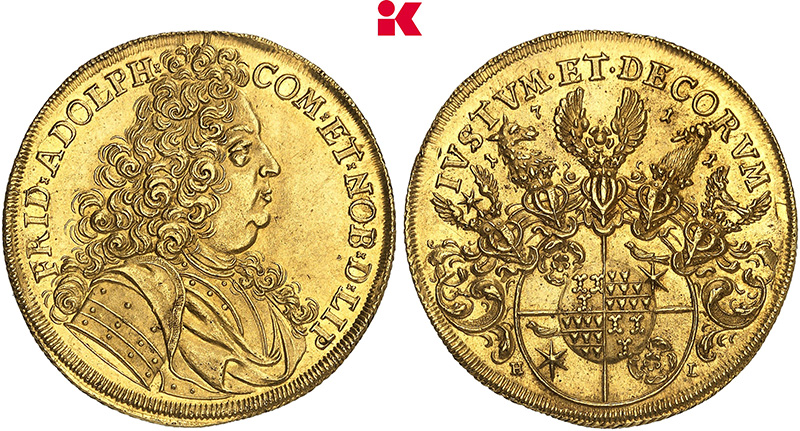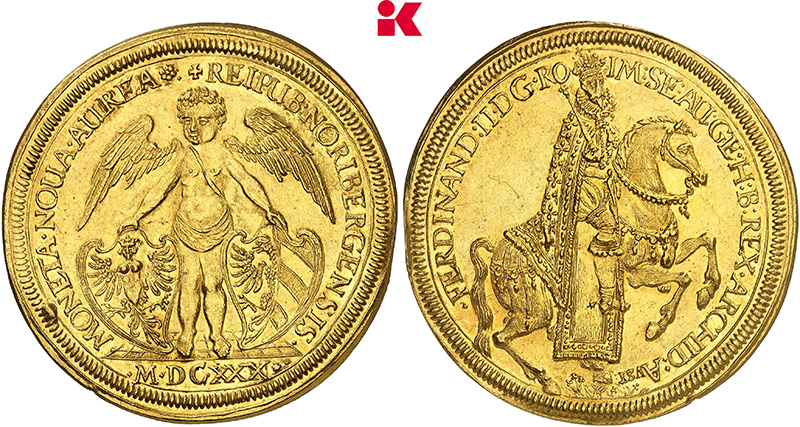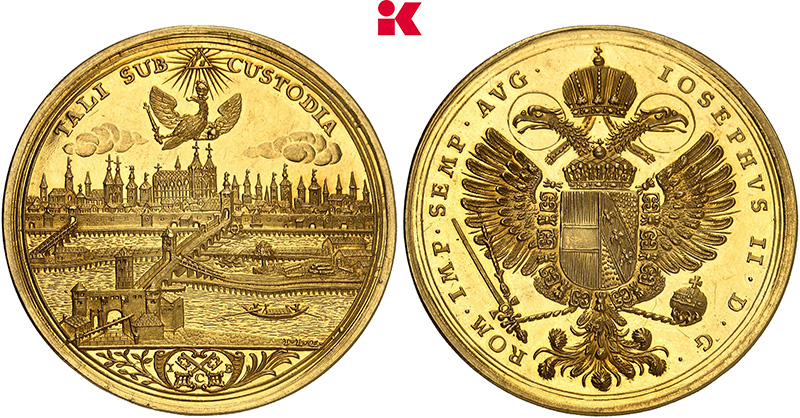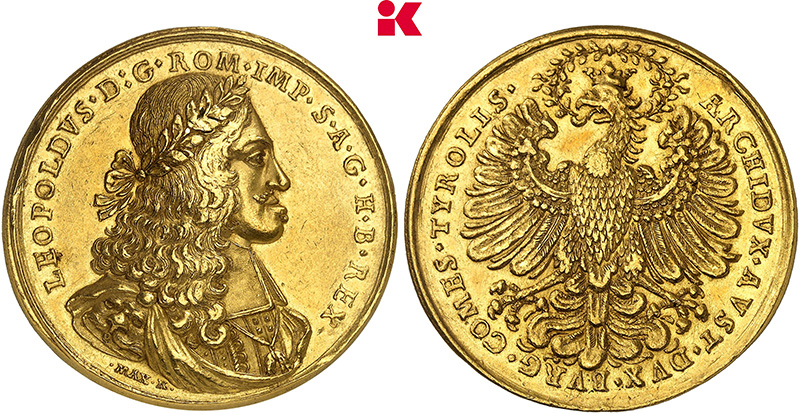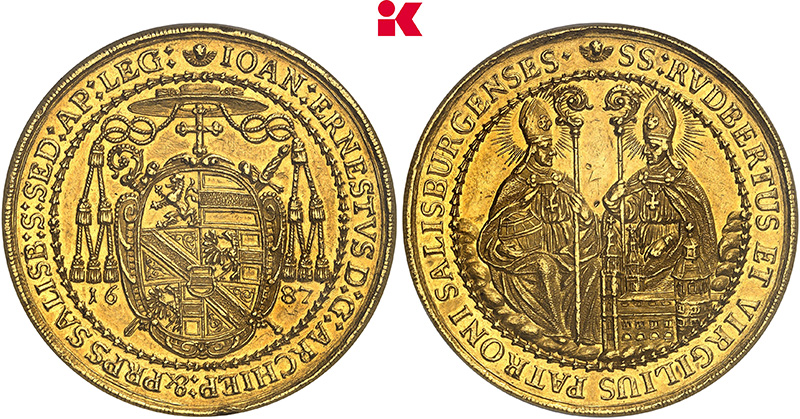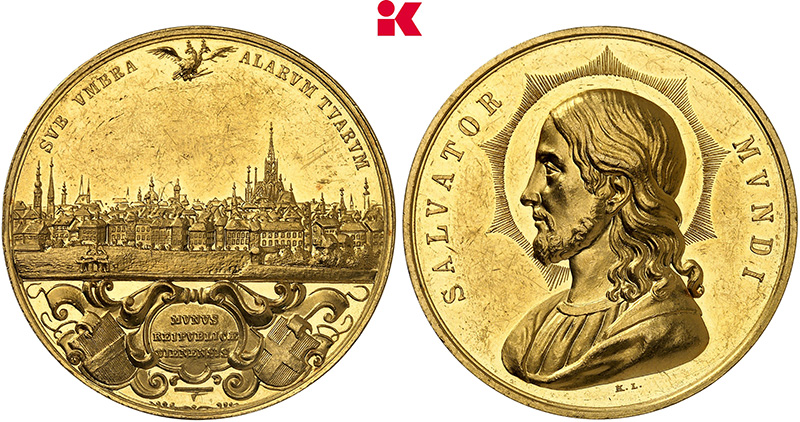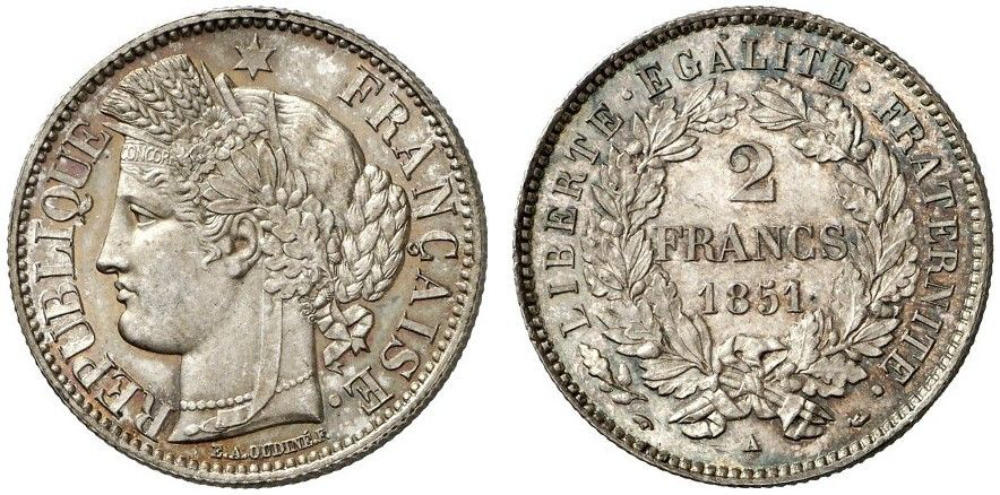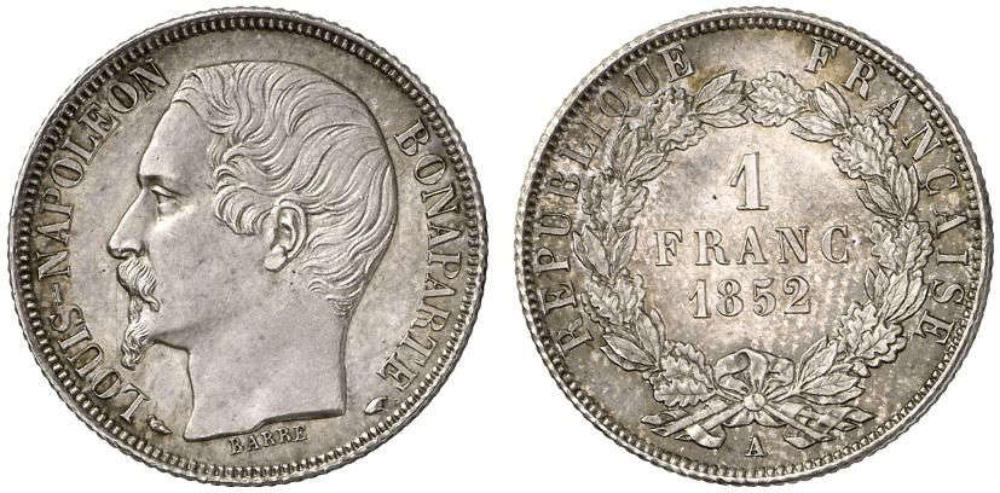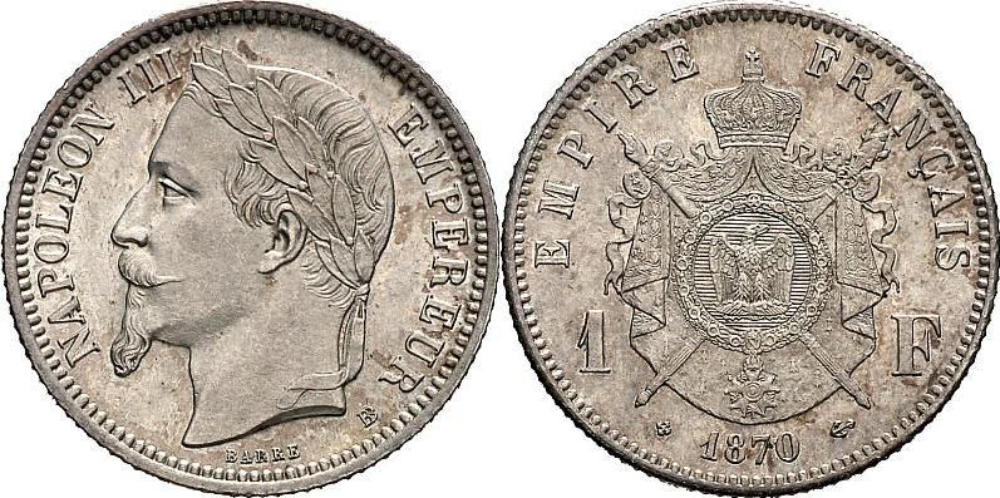French History in Coins – Part 3: A New Napoleon
written by Aila de la Rive, by courtesy of the MoneyMuseum, translated by Maike Meßmann
With a turnout of more than 80 per cent, Louis Bonaparte – the nephew of Napoleon Bonaparte – was elected President of the Republic in December 1848. But after having staged a coup d’état, Louis first had himself made president for life, and a year later he had himself proclaimed Emperor of the French as Napoleon III.
Content
The New Napoleon
The new Emperor of the French had high ambitions: France was finally to become a leading power in Europe again. At first, Napoleon III set about renewing his capital – the picturesque but hygienically inadequate old town of Paris was almost completely demolished and rebuilt. And Napoleon began to rebuild France as a whole. The Second Empire brought economic prosperity to the country at home and an enormous gain in power and prestige abroad.
By a stroke of luck, Napoleon III’s rise to power coincided with a major turnaround of the economic situation. Gold discoveries in California and Australia spurred the world market and stable price levels provided entrepreneurs with new incentives to invest. By the end of the Second Empire, the total value of industrial production in France had doubled: it was thus higher than the output of all countries on the European continent combined. The French cotton production was the second-largest in Europe after England’s.
Economic prosperity was closely connected to the development of banks, which granted loans on an unprecedented scale – for example, Crédit Lyonnais was founded in 1863, an institution that quickly became one of France’s largest and most profitable banks. Savers started to bring their money to financial institutions instead of hoarding it under their mattresses; this enabled banks to contribute significantly to France’s national growth.
The Second Empire was an era of impressive riches: banks, steamships, railways and factories represented a stock and bond capital of 20 billion francs – money in the hands of 183 financiers.







